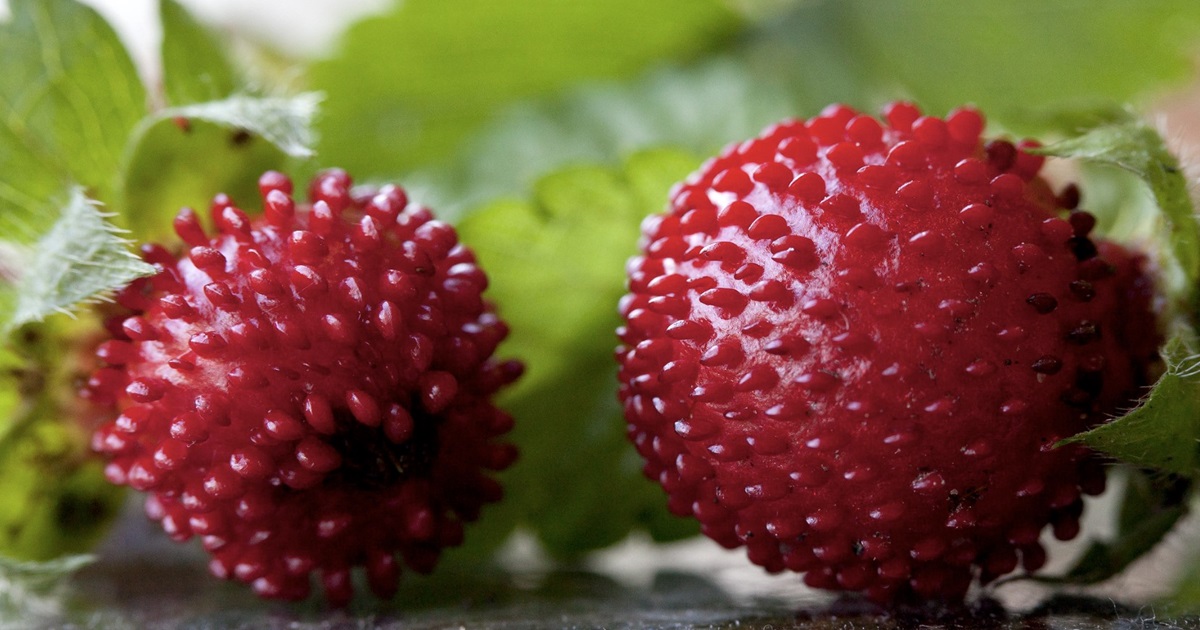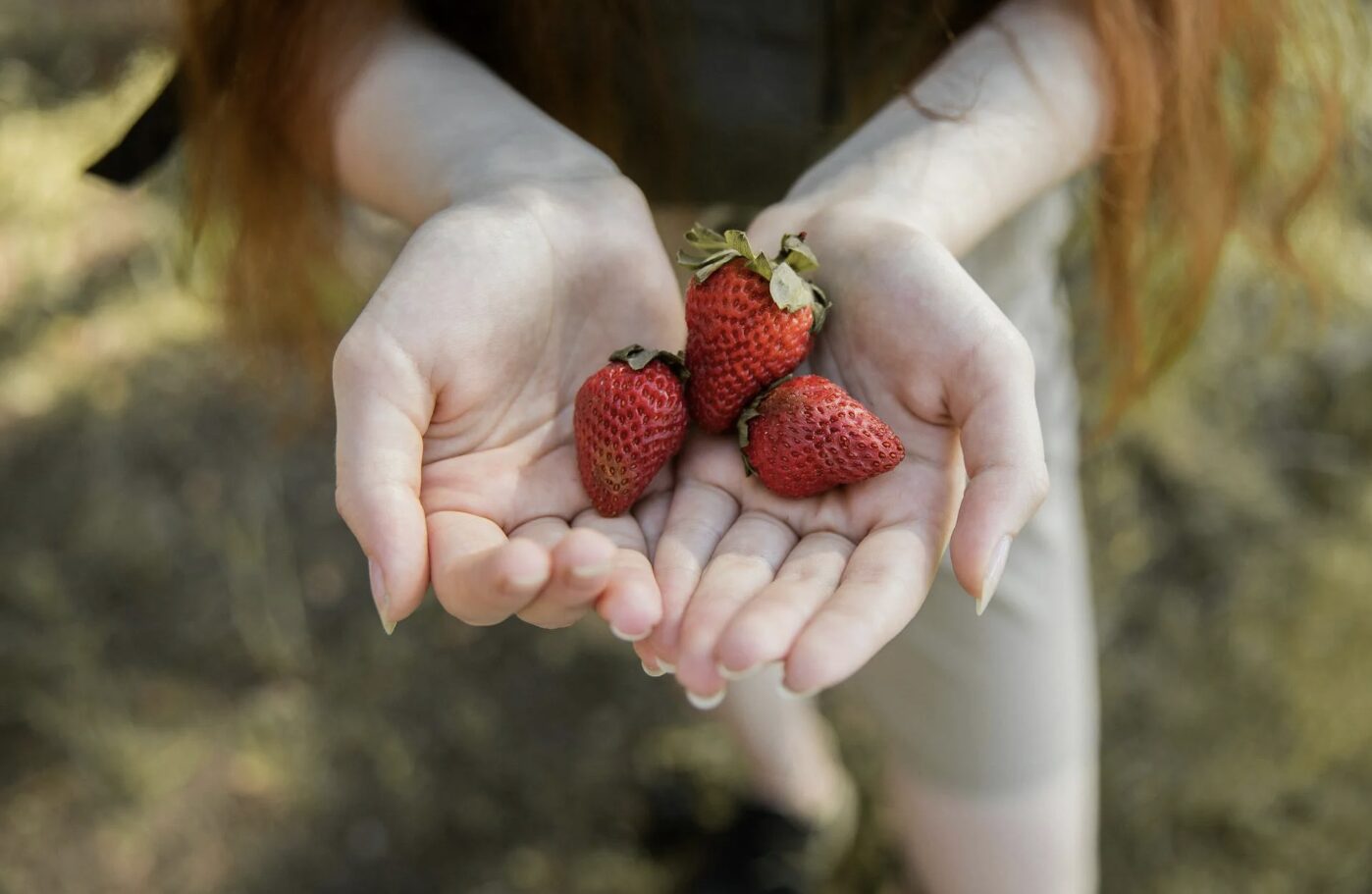The Difference Between Mock Strawberry & Wild Strawberry Plants

source: Flickr
I’ve really gotten into gardening recently, trying to learn anything and everything about it. My husband and I decided to start a veggie garden this year. It’s not our first rodeo—we had a small garden at our previous home—but there’s something uniquely therapeutic about this process. Gardening really brings me joy: the fresh air on my face, dirty fingernails, the earthy smell of soil, and the soothing ritual of watering plants. It’s about giving life to something and then harvesting it to enjoy the fruits of your labor, literally!

My friend, a complete newbie in gardening, often turns to me for advice, which I absolutely love giving. She recently shared her excitement about finding what she thought were wild strawberries at her countryside home. She showed me pictures, buzzing with enthusiasm. But guess what? To her surprise, they weren’t strawberries at all. It’s a common mistake, as many people don’t realize they’re actually looking at mock strawberries.
So, why do these two plants confuse so many, including my enthusiastic friend? Let’s clear up the confusion.

Mock Strawberry vs. Wild Strawberry
Appearance: At first glance, mock strawberries (Duchesnea indica; Potentilla indica) and wild strawberries (Fragaria vesca) can look quite similar, especially to the untrained eye. Both have small, red fruits and similar leaf structures. However, upon closer inspection, significant differences emerge. Wild strawberries have white flowers with five petals and a golden center, while mock strawberries flaunt yellow flowers. The fruit of the wild strawberry is plump and juicy with a vibrant red color, and they have a classic strawberry shape with visible seeds on the surface.
In contrast, mock strawberries have fruits that are more round and hard, with seeds more embedded into their skin rather than dotting the surface. The texture and taste are also telltale signs; mock strawberries tend to be bland and dry, quite the disappointment when you’re expecting the juicy sweetness of real strawberries.

Taste and Edibility
This leads us to another big question—can you eat mock strawberries? Technically, yes, they are edible and harmless, but they’re rarely eaten because of their lackluster taste. They’re often described as having a faintly watermelon-like flavor, but without any sweetness. Wild strawberries, on the other hand, are deliciously sweet and aromatic, making them a delightful find in your garden or a wild patch.
Growing Conditions
Both plants are hardy and can thrive in similar environments, often found in gardens, woodlands, or along roadsides. They spread through runners and can cover ground quickly, which is why they’re sometimes considered invasive, particularly the mock strawberry.

Uses
While mock strawberries might not be great for a fruit salad, they’re not without their uses. Some gardeners appreciate them as ground covers due to their resilience and how quickly they spread, providing greenery and covering bare spots in gardens. On the other hand, wild strawberries are sought after for their fruit and are a popular choice for naturalizing in a garden setting.
Learning to differentiate between these two plants is a game changer in your gardening. I remember the first time I spotted wild strawberries in our own garden. It was such a thrill to carefully pluck each ripe berry, knowing I was about to enjoy something incredibly fresh and naturally sweet. In contrast, discovering mock strawberries was less exciting culinary-wise but did add a bit of charm to the landscape.

The process of gardening—observing, nurturing, and sometimes troubleshooting with plants like these—is incredibly rewarding. It connects you to the cycle of life in a direct, hands-on way that few other hobbies can.
Whether you’re a seasoned gardener or a curious newbie like my friend, understanding what grows in your garden is essential. It not only aids in managing your space effectively but also enhances the joy of gardening, as you learn more about the nature surrounding you. So next time you spot those little red fruits nestled among the leaves, take a closer look—you might have a wild treat or a mock surprise waiting for you!